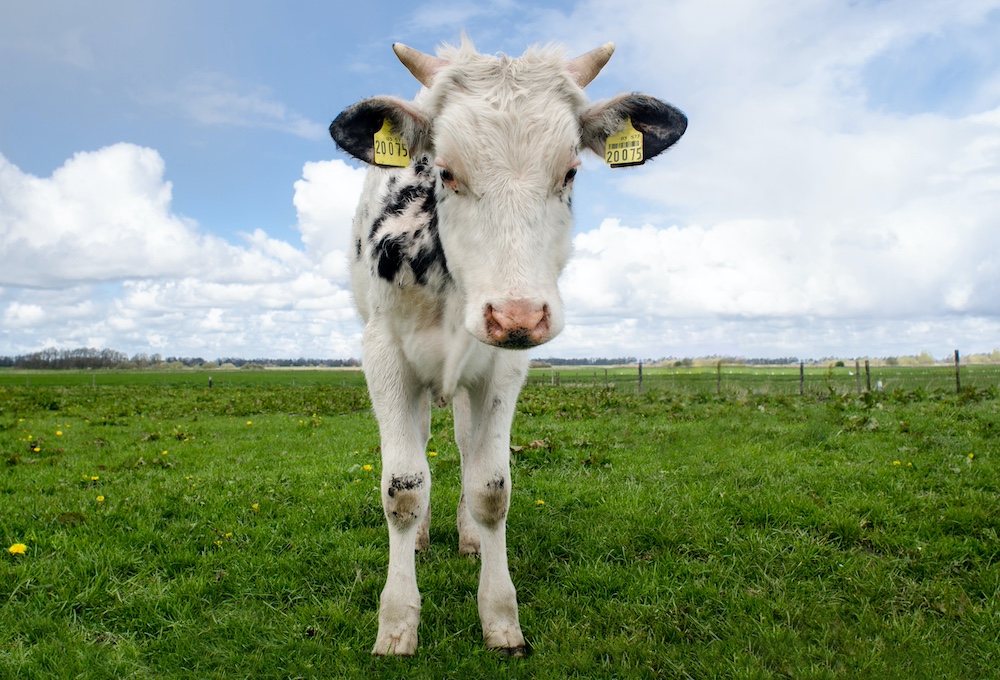Where does the term ‘earmark’ come from?
13th October 2023
The word “earmark” is believed to have originated from livestock farming and the practice of marking the ears of cattle or other animals with distinctive cuts or notches as a way to identify ownership or designate a specific use.

Over time, the term “earmark” transitioned from being associated with physical marks on animals to being used metaphorically in various contexts. In finance and government, it refers to the allocation or designation of funds or resources for a specific project, program, or purpose. Earmarking ensures that certain funds are dedicated to a particular objective and not used for other purposes. It’s a way to provide transparency and accountability in budgeting and resource allocation.
The term has been widely used in the context of government budgets, where specific funds are earmarked for things like infrastructure projects, education, healthcare, or other public expenditures. It’s also used in non-governmental contexts, such as corporate finance, where funds may be earmarked for specific business initiatives or investments.
But the term ‘earmarked’ has another story to tell…
It takes us back to Edinburgh where they used to ‘earmarked’ thieves in the Old Market Square.
Individuals found repeatedly stealing from the Old Market in Edinburgh faced severe consequences. They were brought to the stocks, where their ear would be nailed to a wooden post.
The thief was then forced to rip their own ear from the nail, serving as a permanent mark of their untrustworthiness. This historical penalty, referred to as ‘cropping,’ is believed to be the origin of the expression ‘earmarked.’ Needless to say, it was a gruesome sight.
